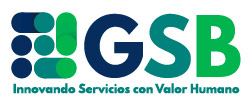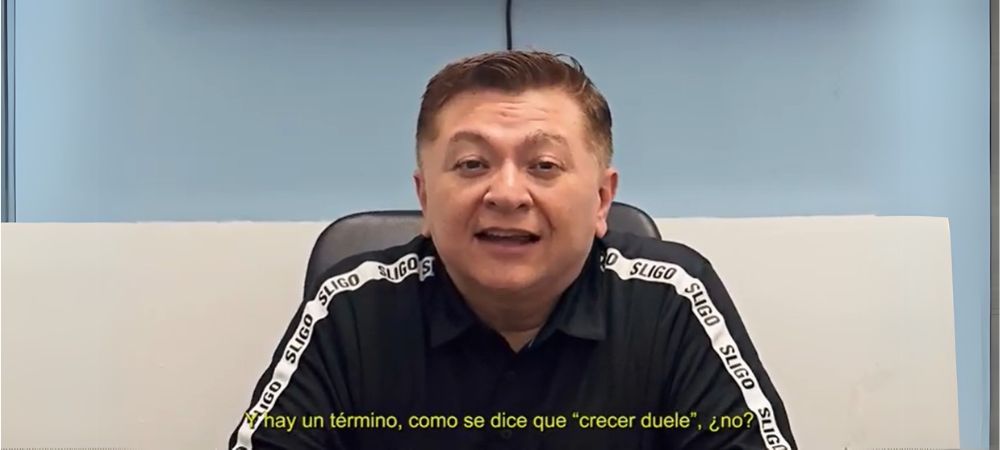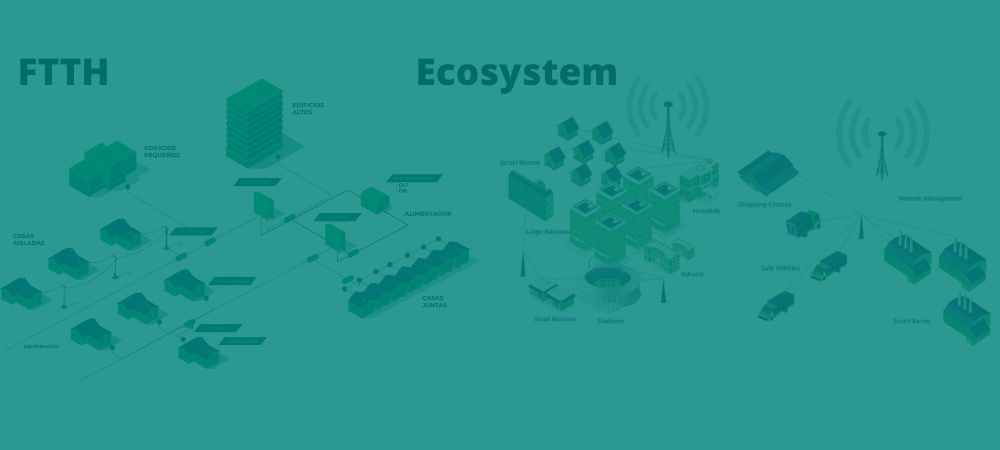 It is about putting the focus on what truly gives VALUE to your life, on those tasks that by doing them you fulfill your purposes and objectives.
It is about putting the focus on what truly gives VALUE to your life, on those tasks that by doing them you fulfill your purposes and objectives.
Let’s draw inspiration from productivity specialists and techniques:
1. Stephen Covey tells us: First things first, so that you implement a coherent system of priorities based on what is important.
Gary Keller, focuses on you answering the question: What is the ONE thing you could do right now that would make everything else easier or unnecessary?
Steve Jobs pointed out that, when solving problems, the first solutions are usually very complex, but if you live with the problem and peel back more layers of the onion, you arrive at more elegant and simple solutions. Likewise, you may ask yourself: What is the task of the center of the onion, that by solving it problems and other consequences will disappear, i.e. the layers?
The technique of the “5 consecutive “why’s” helps to get to the root cause, to the center of the onion. An example: I don’t have time, because I have to do many things, because everyone asks me to help them, because in addition to my tasks I do other people’s tasks, because I don’t know how to say no. I don’t know how to say no, because I don’t have time. Solve this last one and you will solve the rest.
Pareto’s Law: 20% of what we do causes 80% of the results. Identifying that 20% will avoid a lot of wasted time.
MoSCoW technique: first the tasks that must be done (Must), secondly, important but not mandatory tasks (Should), followed by those that you could do if you have time (Could), and finally those that you don’t have to do at the moment (Won’t).
Do only one thing at a time: forget about multi-tasking, it wastes time to move from one thing to another.
8.- The Cost of Delay: do that whose cost increases as time passes.
Establish prioritization criteria based on your objectives and resources, evaluate the tasks and order them.
Maximizing doing less will give you more time for what’s important.
María Esther Remedios
@soy.agile.coach




